| The original Roycroft Mark from 1906-1938 Elbert Hubbard circa 1900 The Roycroft Inn in 1907 with Elbert Hubbard and his family and friends. The Roycroft Renaissance Mark 1976-Present 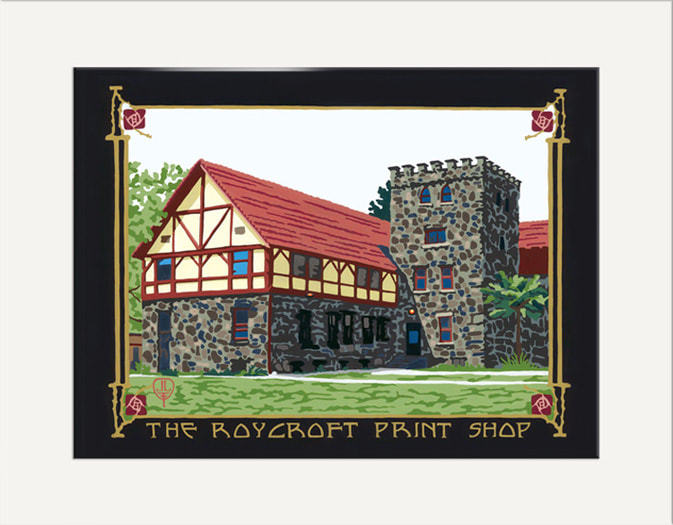 Julie Leidel holding her Roycroft Artisan plaque at her home in Evergreen, Colorado. | I've known about the Roycroft Artisans for decades, and in the early 2000s, I told myself "One day, I hope to be one of them." That day came in 2016 when I was accepted by a jury of Master Roycroft Artisans to join this amazing organization. It will always be one of my happiest artistic moments. Becoming a Roycrofter meant the world to me as an artist. To me, it signified that I was truly part of the Arts & Crafts Revival and renaissance movement that has now been alive and strong for longer than the original Arts & Crafts Movement (1880-1920). Last month in April of 2021, I was accepted as a Roycroft Renaissance Master Artisan. Words can't express my gratitude adequately enough. I am proud to learn from my peers, to connect with so many amazing artists all over the U.S., and to carry on in the footsteps of the artisans that came before us. WHAT IS THE ROYCROFT? At the turn of the century, the Roycroft Shops in East Aurora, New York (1895-1938), became one of the leading centers in the U.S. for the production of Arts and Crafts goods–books, leatherwork, metalwork, and furniture. The designs of the Roycrofters were influenced by a host of sources, including the work of Gustav Stickley’s Craftsman Workshops, the Wiener Werkstätte (notably in the graphic and metalwork designs of Karl Kipp and Dard Hunter), and French Art Nouveau. The artistic appeal of Roycroft creations made them very popular, but it was also the business acumen and highly charismatic personality of its founder, Elbert Hubbard, which made Roycroft one of the most successful enterprises of the Arts and Crafts era. In the midst of a successful career with the Larkin Soap Company in Buffalo, in 1893 he abandoned his position to study at Harvard and dedicate himself to writing. In the following year he made a trip to England and Ireland during which Hubbard claimed to have met and been greatly influenced by William Morris, founder of the Kelmscott Press, and patriarch of the English Arts and Crafts Movement. Inspired by the ideals of Morris and the beautifully crafted publications of Kelmscott, Hubbard returned to East Aurora where he established the Roycroft Printing Shop in 1895. With his extraordinary aptitude for marketing and self-promotion, the press began garnering national attention for its publications–The Philistine, The Fra, and series of illuminated books and pamphlets, including the politically charged “A Message to Garcia” (1899). Mounting success enabled him to extend the Roycroft campus to thirteen additional buildings over the next ten years, hosting a bindery, leather, furniture, and metalwork shops, and a stained-glass studio, as well as staff housing and an inn for an increasing number of personnel and visitors. Hubbard’s inspirational leadership eventually attracted nearly 500 craftspeople to his utopian arts community. Roycroft itself became a critical gathering place for contemporary artists, craftsmen, authors, and philosophers of the time. The original Roycroft mark (the Single R) was trademarked by Elbert Hubbard in 1906. It's inspiration came from a orb and line rising sky-wards, a symbol used in the middle ages by monks in their illuminated manuscripts meaning "The best I can do, dedicated to God" The R stood for Roycroft which symbolized "The Royal Craft" for their high-quality handcrafted works. Suddenly in 1915, Hubbard and his wife died in the sinking of the Lusitania, and the Roycroft Shops were carried on by their son Bert Hubbard, but it entered into a period of decline during the Great Depression, and finally closed in 1938.* Bruce Johnson over at the Arts & Crafts Collector has put together a great guide to dating the Roycroft Shopmarks that were in use from 1906 to 1928. For further reading, this blog post by The Craftsman Bungalow has some great information, and wonderful video clips from a very well-done PBS documentary entitled, Elbert Hubbard: An American Original. Almost 40 years passed, and the campus and Roycroft name lay in wait for a revival. The ROYCROFT RENAISSANCE In 1976 a group of East Aurora historians, artists and residents with a common interest in the Roycroft Campus and the philosophy of Elbert Hubbard set in motion a plan to preserve those ideals which had made the campus a center of the Arts and Crafts Movement. After several meetings and energetic discussion the Roycrofters-at-Large Association (RALA) was formed. Rixford Jennings innovated the design to incorporate two back-to-back R's signifying the Roycroft Renaissance for the Roycrofters-At-Large Association (shown to the left). When you see the RR mark on a piece of work, be assured it was made to the highest standards with the ideals of using “Head, Heart, and Hand” just as the original mark did. To become a Roycroft Renaissance artisan, an artist must submit original artwork to a jury of Roycroft Master Artisans. Only artisans whose work exemplifies the following criteria are awarded the use of the RR mark: - High quality hand-craftsmanship - Excellence in design - Continuing artistic growth - Originality of expression - Professional recognition An artisan must be juried in annually to demonstrate continued excellence and growth. After five years, if the work is shown to be exceptional, the jury may elect to elevate the artist to Master Artisan status. Today the non-profit organization is still actively working to keep alive the history and philosophy of Roycroft through special events centered on and around the Roycroft Artisans, the Roycroft Chamber Music Fest, and the Roycroft Campus. Through the efforts of Kitty Turgeon, Robert Rust and the RALA organization, the Roycroft Campus became a National Historic Landmark. If you make it to East Aurora, New York, a stay at the historic Roycroft Inn and a visit to The Copper Shop Gallery, and the Schoolhouse Gallery are a must! I was asked in December of 2020 to join the RALA board, and I am thrilled to be part of this organization not only as an artisan, but also as a board member, helping to serve our artists and communities. LINKS TO THE LIVING ROYCROFT ARTISANS RALA includes over 70 artisans that are working today, so Elbert Hubbard's dream is alive and well in the 21st Century. Visit www.ralaweb.com to view links to each artisan and see thumbnails of their work. I also have a list of every artisan and their website (or email) listed under my Arts & Crafts Links page that includes over 450 links to everything Arts & Crafts from antiques & conferences, to contemporary artisans working in the style today. Many of us Roycrofters have our artistic creations in the historic Schoolhouse Gallery - 1054 Olean Road, East Aurora, NY. Master Roycroft Artisans Ben Little and Thomas Pafk graciously run this gallery for the good of all of the artisans, collectively. Here's a great article that was published recently about the Schoolhouse Gallery. RALA is always looking for more art lovers to join as a member-at-large, so if you love this movement and want to support our artisans, please learn more at www.ralaweb.com. For $50 a year, you can join at the Patron Level, where you will receive a hand-made limited-edition item from a Roycrofter each year when you renew your membership. In June 2021, Roycroft Renaissance Artisan John Monk will be making beautiful hand-hammered tree ornaments inspired by Dard Hunter’s rose motif as the patron gift. *Adapted from the Dallas Museum of Art (DMA) Website, Kevin Tucker, 2011. |
|
|
AuthorJulie Leidel shares news and musings on inspiration for her artwork. Archives
May 2024
Categories
All
|


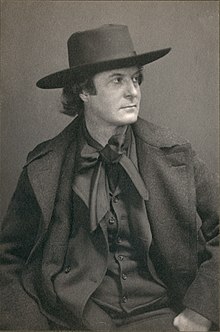
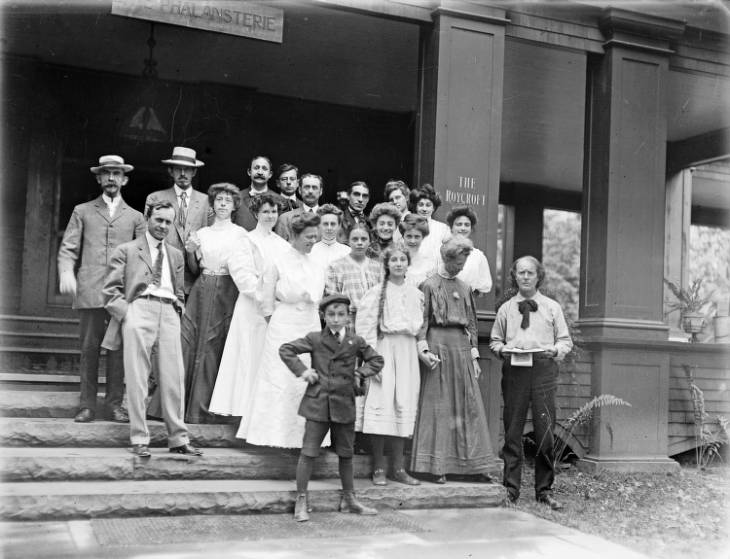
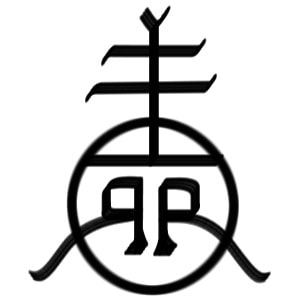
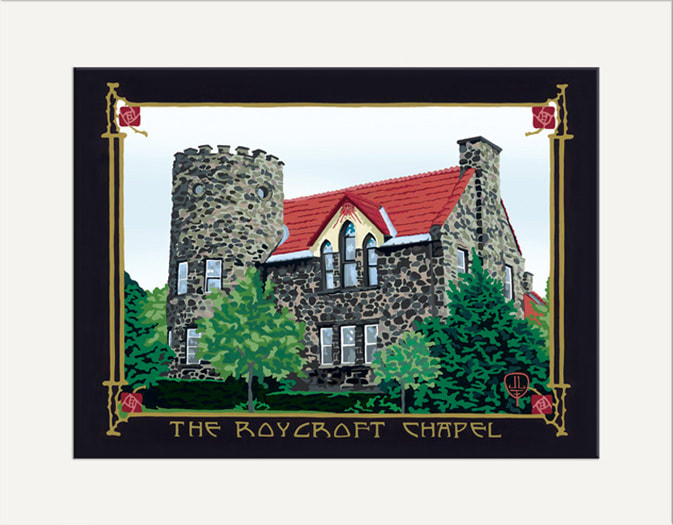
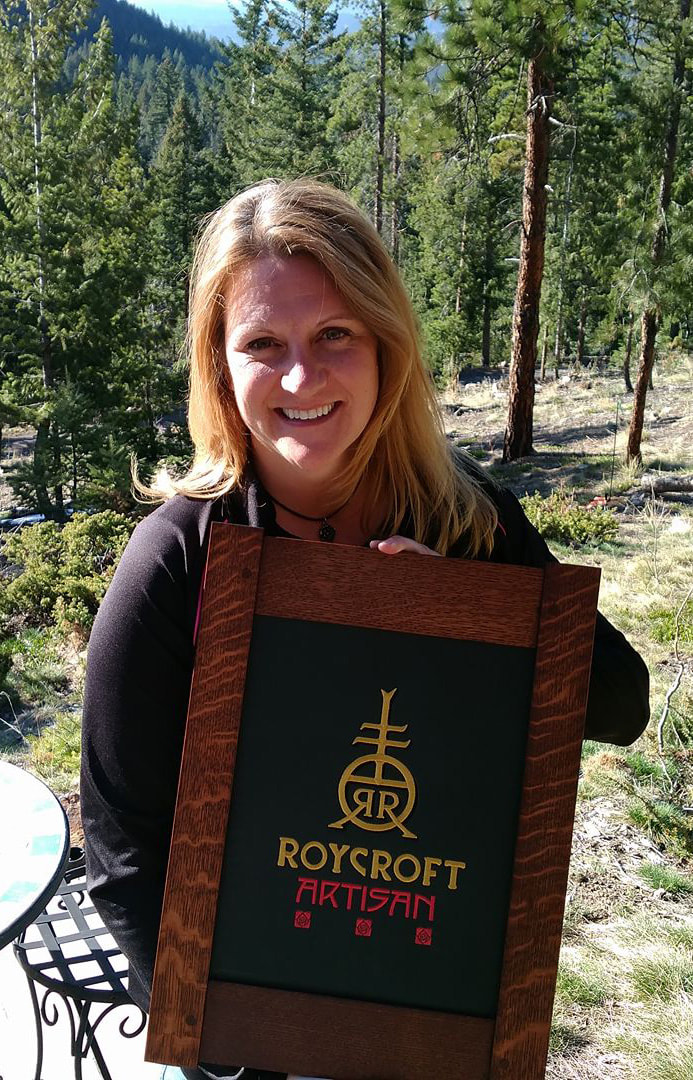
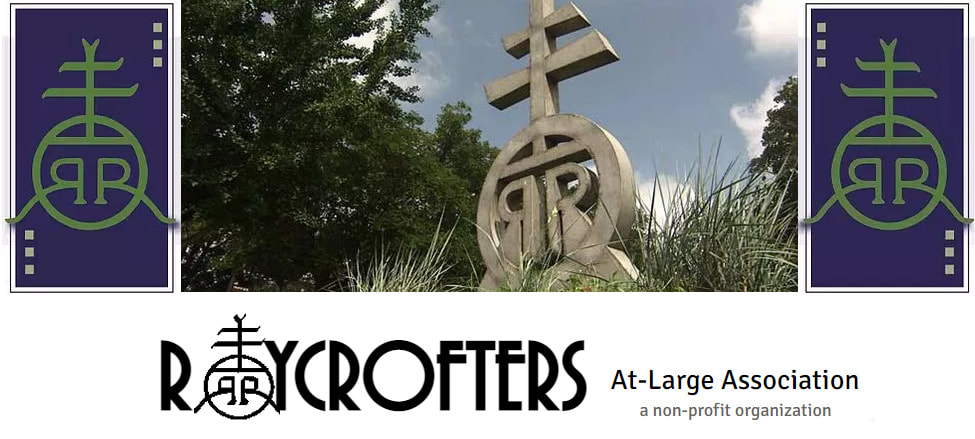
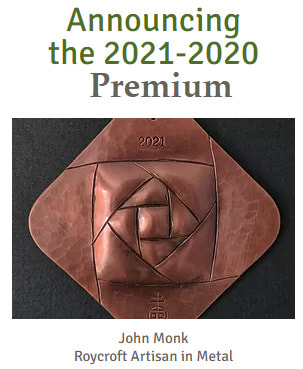
 RSS Feed
RSS Feed